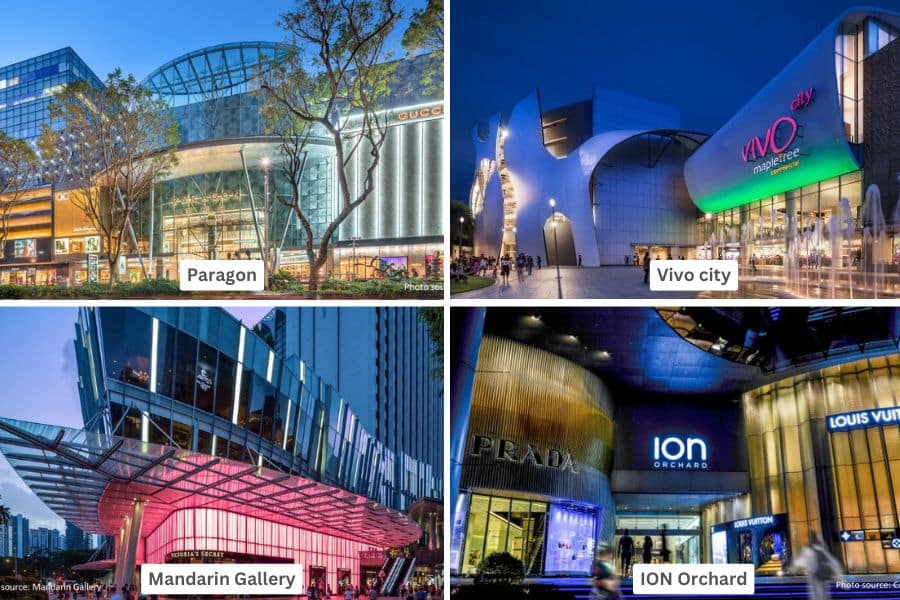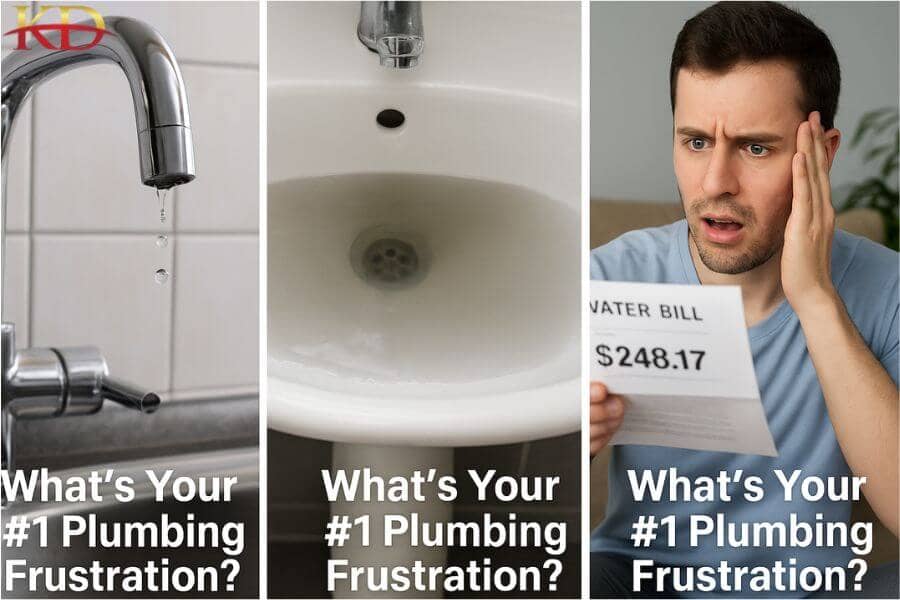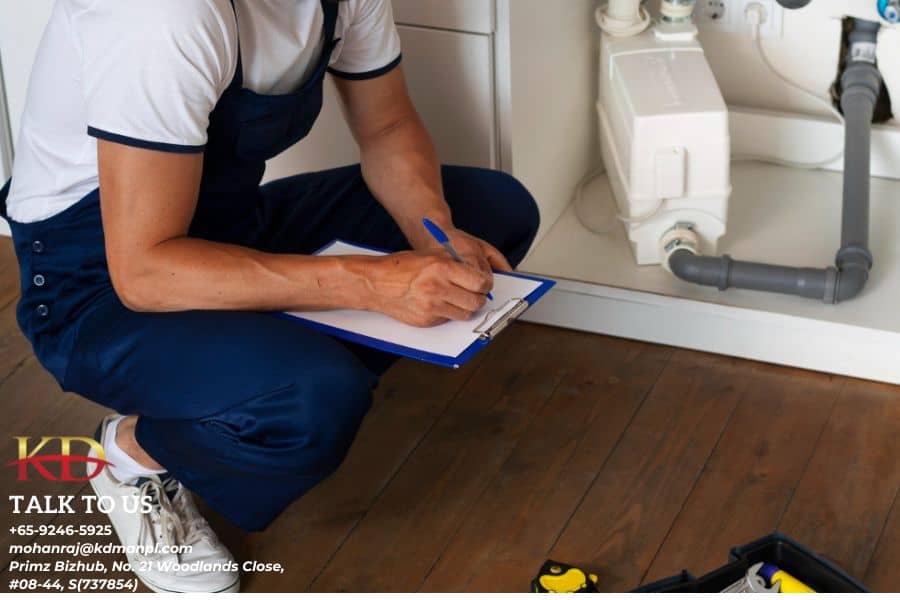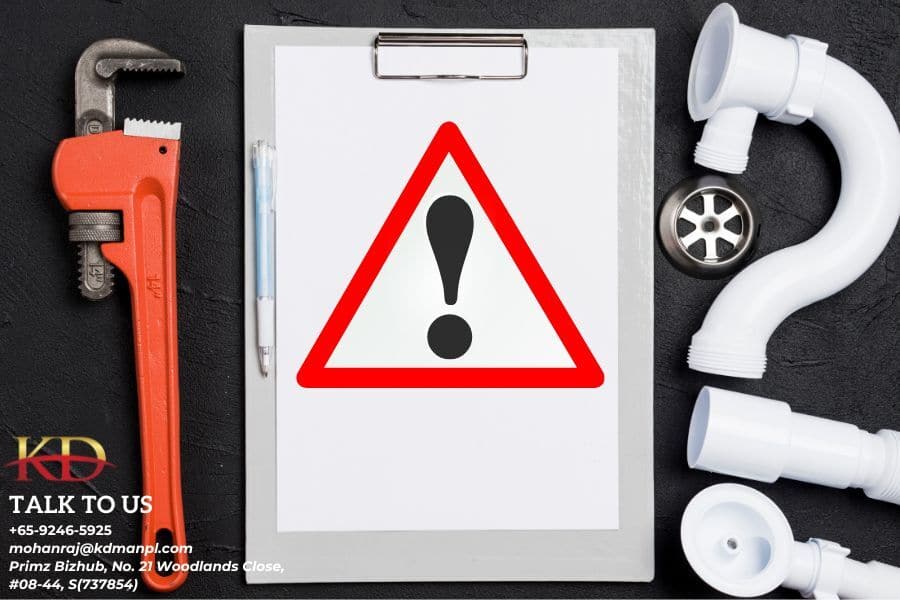Singapore’s shopping malls and large retail centers are crucial to the country’s retail economy, welcoming millions of visitors daily. However, the complex plumbing systems that keep these spaces operational face unique challenges. Recent incidents, such as ceiling collapses due to water leaks, highlight the importance of proactive maintenance and modern plumbing solutions.
Key Plumbing Challenges in Singapore’s Malls
1. Water Leakage & Structural Damage
Leaks in commercial buildings are more than just an inconvenience—they pose safety hazards and can lead to costly repairs. Some notable incidents include:
- NEX Shopping Centre (August 2022): A plumbing fault resulted in water leakage, causing sections of the false ceiling to collapse.
- Westgate Mall (August 2022): A burst pipe led to significant water leakage from the fourth floor to the atrium, disrupting operations.
Regular plumbing inspections and early leak detection technologies are essential to prevent such hazards.
2. Aging Infrastructure & System Failures
Many of Singapore’s older malls rely on outdated plumbing systems that are prone to leaks and inefficiencies. Over time, corroded pipes and weak joints can result in frequent maintenance issues. Upgrading to modern piping materials and smart water management systems can help prevent unexpected failures.
3. High Water Consumption & Drainage Issues
Malls consume large amounts of water daily for:
- Public restrooms
- Food & beverage outlets
- Cleaning and fire safety systems
Without efficient drainage, blockages and flooding can occur, especially in basement levels and food courts, leading to hygiene concerns and operational disruptions.
4. Regulatory Compliance & Water Efficiency
The Public Utilities Board (PUB) enforces strict water efficiency and plumbing regulations in Singapore. Shopping malls must comply with:
- The Mandatory Water Efficiency Labeling Scheme (WELS) for water-saving fittings
- Regular leak detection and proper metering
- Fire hydrant and sprinkler system requirements
Non-compliance can result in penalties, increased costs, and reputational risks.
5. Emergency Plumbing Preparedness
Malls must have emergency response plans for plumbing failures such as:
- Sudden pipe bursts
- Backflow contamination
- Major drainage blockages
Installing real-time monitoring systems and automated shut-off valves can significantly reduce the impact of plumbing emergencies.
Trending Solutions & Innovations
To overcome these challenges, Singapore’s malls are increasingly adopting smart plumbing technologies and sustainable water management practices, such as:
✅ IoT-Based Leak Detection – Sensors that detect leaks and unusual water usage in real-time
✅ Water-Efficient Plumbing Fixtures – Smart toilets and low-flow faucets to reduce water consumption
✅ Advanced Drainage Solutions – Modernized drainage systems to prevent flooding
✅ Greywater Recycling & Rainwater Harvesting – Sustainable water reuse initiatives to cut costs and reduce environmental impact
Conclusion
As Singapore’s shopping malls continue to evolve, addressing plumbing challenges is essential for safety, efficiency, and sustainability. By investing in preventive maintenance, smart technology, and regulatory compliance, malls can ensure seamless operations while reducing water wastage and unexpected plumbing failures.
Would you like a customized plumbing maintenance checklist for your commercial building? Let us know! 🚰🔧





Leave a Reply